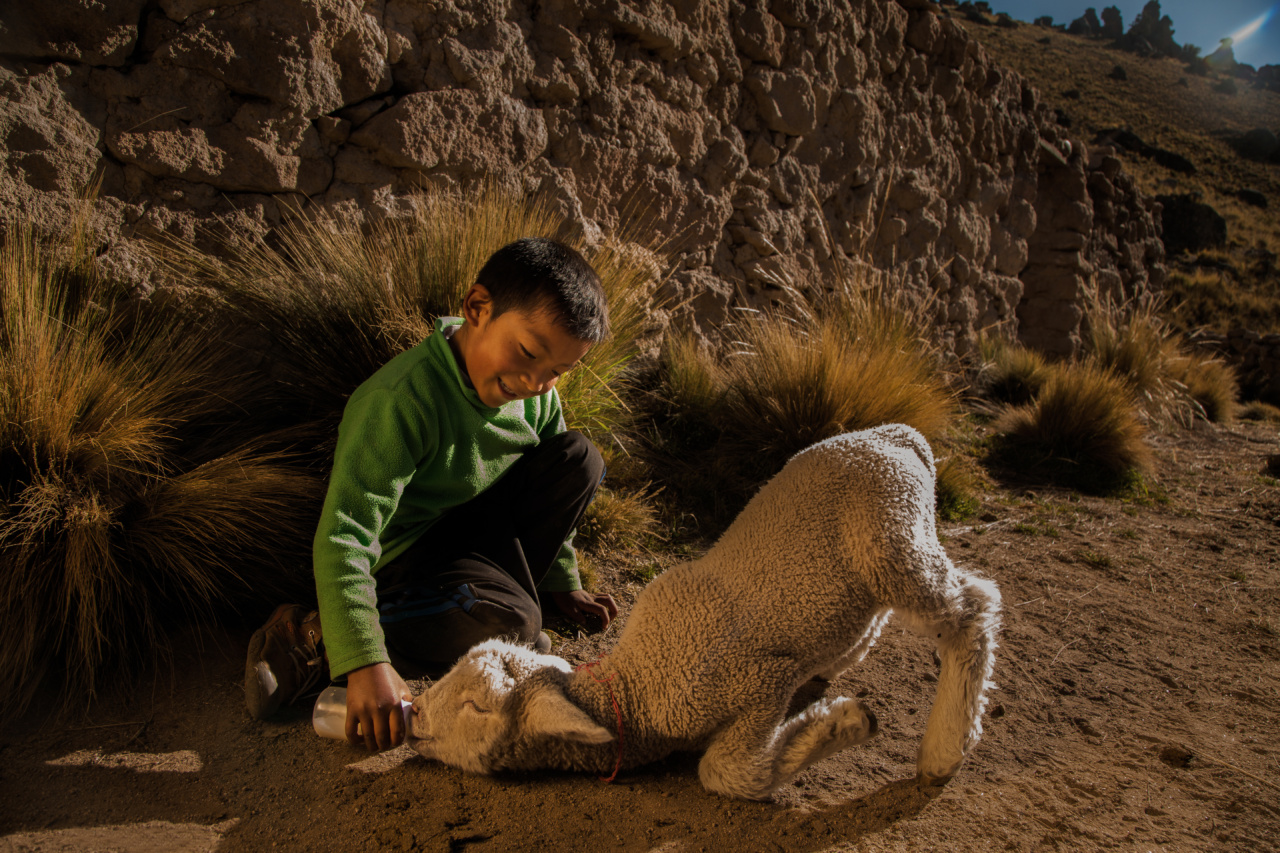Feeding your baby with a bottle can be a wonderful bonding experience. Whether you are considering bottle feeding exclusively or supplementing with formula, it’s important to make sure you have the right equipment.
Here are eight important moves to help you navigate the world of bottle feeding.
1. Selecting the Appropriate Bottle
When it comes to choosing a bottle, there are numerous options available. Some babies prefer bottles with wide bases, while others do better with bottles that mimic the shape of a breast.
Consider your baby’s needs, and try out a few different bottles to see which one they prefer.
2. Checking for Proper Nipple Flow
The nipple flow refers to how fast or slow the milk comes out of the bottle. It’s important to match the nipple flow to your baby’s age and feeding abilities.
Newborns typically need slow-flow nipples, while older babies can handle faster flows. Keep an eye on your baby’s feeding cues to determine if you need to adjust the nipple flow.
3. Sterilizing Bottles
Before using a new bottle or after every use, it’s crucial to sterilize the bottles to ensure they are clean and safe for your baby. You can either use a bottle sterilizer, boil them in water, or use a dishwasher sterilization setting.
4. Preparing the Formula
If you are using formula, follow the instructions on the packaging to prepare the formula correctly. It’s important to measure the water and formula powder accurately to provide the right nutrition for your baby.
Shake the bottle gently to mix the formula thoroughly.
5. Testing the Temperature
Before offering the bottle to your baby, make sure to check the temperature of the formula. The ideal temperature for feeding is body temperature (about 98.6°F or 37°C). You can test it by pouring a small amount on the inside of your wrist.
6. Holding Your Baby
While feeding your baby, it’s important to hold them in a comfortable position. Cradle your baby in your arms, supporting their head and neck with one hand, and use the other hand to hold the bottle.
Make sure your baby is in an upright position to prevent choking and reduce the risk of ear infections.
7. Encouraging Burping
During feeding, babies tend to swallow air, which can lead to discomfort and gas. To prevent this, pause periodically during the feeding session to burp your baby. Hold your baby upright against your chest, and gently pat their back until they burp.
This will help release any trapped air.
8. Paying Attention to Feeding Cues
Every baby is unique, and they will give you cues to let you know when they are hungry or full. Watch for signs such as licking lips, sucking on fingers, or turning their head away from the bottle when they are full.
Paying attention to these cues will help prevent overfeeding or underfeeding.





























